When you’re looking for plants to go on your balcony, two things are important: they have to be sturdy, and they have to be easy to grow.
This is because plants that stay on your balcony are difficult to take care of every minute of the day.
To be sure, when you shop for balcony plants, you want plants that you can just place on your balcony and leave alone, save for watering them once a week or so.
The good news is that there are dozens of low-maintenance balcony plants to choose from, so all you have to do is decide what you want and go for it.
Balcony plants that are easy to care for can include hanging baskets and plants kept in pots. They can withstand the elements and anything Mother Nature throws at them and look great as well. Some are flowering plants and others aren’t. In short, there are so many of them available that you shouldn’t have any problems finding something you love.
1. English Lavender (Lavandula angustifolia)
If your balcony gets a lot of sun and you love colorful plants that smell great, English lavender plants are for you.
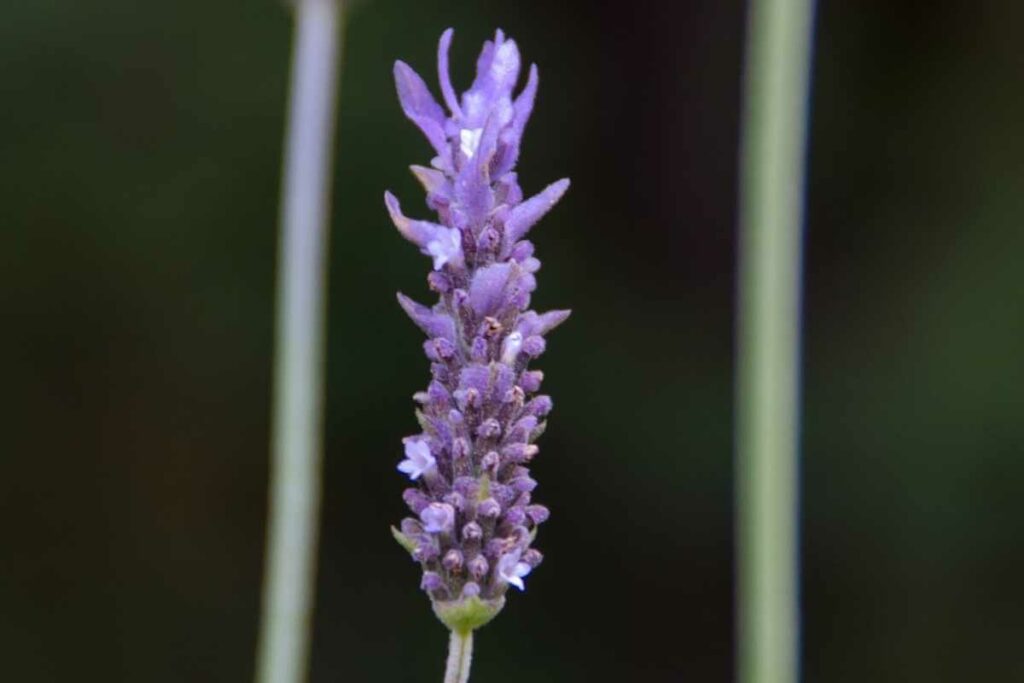
They can tolerate some drier climates once they’re established and only need to be watered once a week.
While they are toxic to animals, they are super easy to grow because you can plant them in plain potting soil.
If your balcony gets too much shade, this plant isn’t for you because they require full sun or very close to it in order to grow and thrive.
Nevertheless, their familiar purple flowers are beautiful and smell fantastic.
2. Jade Plant (Crassula ovata)
The Jade plant is a succulent and therefore rarely freezes. In fact, it is so easy to grow that it will grow and thrive in a variety of conditions.
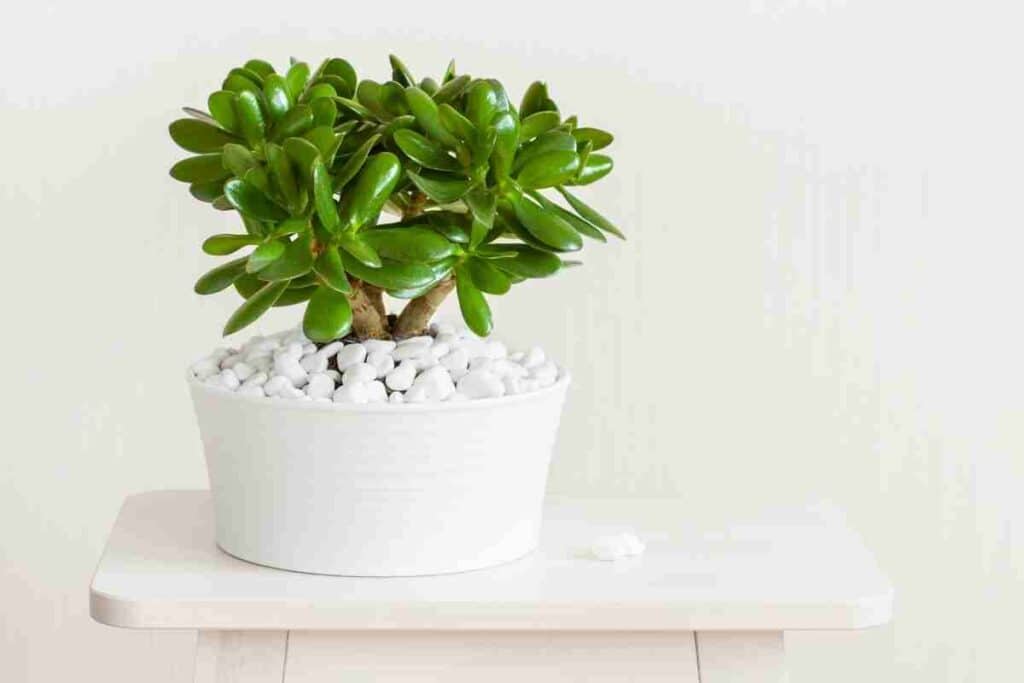
You can put it in a sunny spot or a partially sunny spot, and it has beautifully shaped leaves that demand attention.
And since this is succulent, it requires very little water. You only water it once a week and less than that once winter time arrives.
It has a thick gray trunk and fat leaves, and while it grows at only a moderate rate, it will last for decades.
It is toxic to pets and needs only potting soil with a little sand mixed in for good growth.
3. Aloe Vera (Aloe barbadensis Mill)
When it comes to easy-to-grow plants, you can’t beat the aloe vera plant.
It rarely needs watering and is very tough, and let’s not forget that it has a ton of DIY medicinal uses.
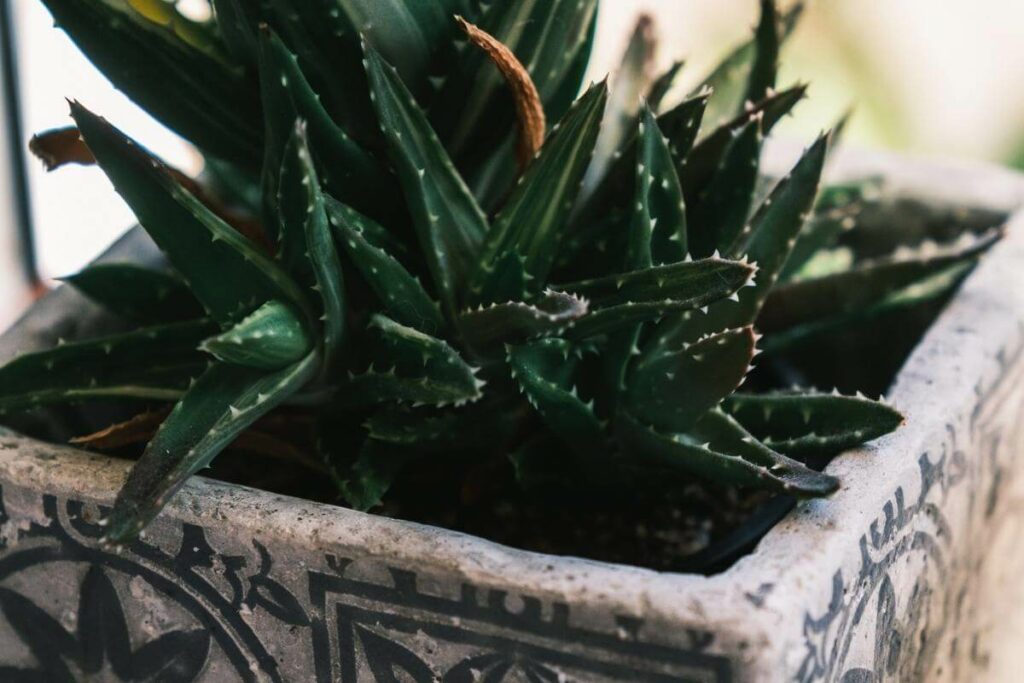
This includes all types of skin conditions such as sunburn and others.
It needs bright but indirect light and watering only every one to two weeks. Always let the plant dry out completely before watering again.
And as long as the soil you put it in drains well and has a bit of sand in it, it should grow like crazy on your balcony.
The only thing you may want to watch is that the aloe vera plant is toxic to pets.
4. Fuchsia (Fuchsia magellanica)
With brightly colored blooms that hummingbirds in particular love, you find the fuchsia plant quite often in hanging baskets indoors and on balconies.
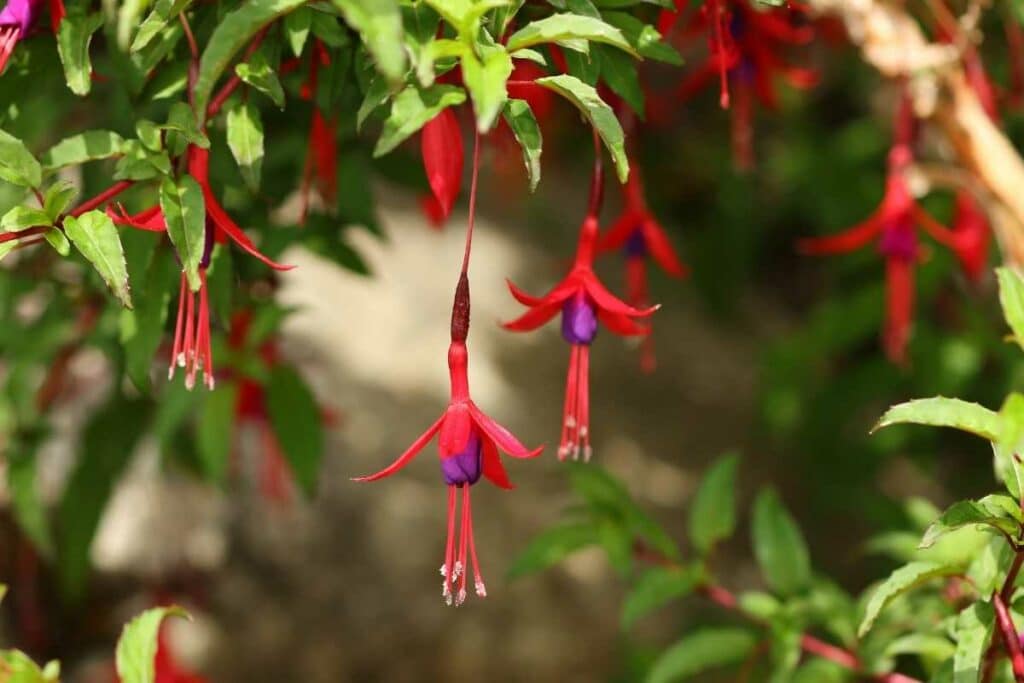
Keep in mind that fuchsia plants need fertilizer because they are “heavy feeders,” but it will save you time if you use a slow-release fertilizer.
You’ll need to water your fuchsia plant regularly and unlike other plants, you shouldn’t let it dry out completely in between waterings.
Even Better: The fuchsia plant is non-toxic to pets and humans and only needs regular potting soil to grow and thrive.
5. Nasturtiums (Tropaeolum)
These are beautiful plants that have bright orange and yellow flowers and great-looking leaves, but that isn’t all.
You can actually eat nasturtiums because they have a light peppery taste.
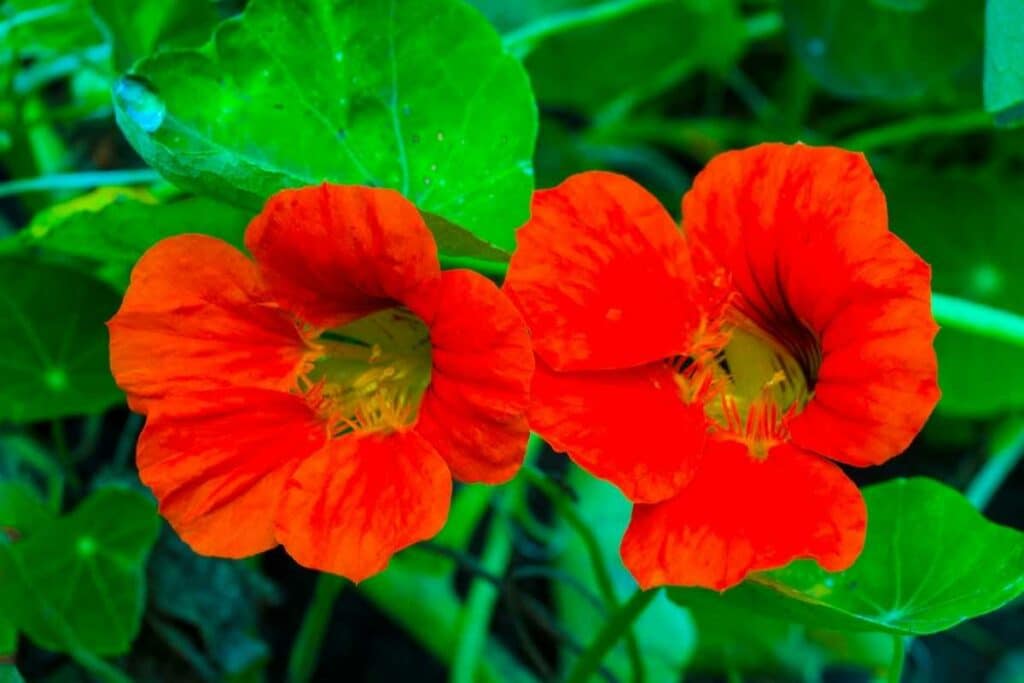
The most common culinary use for these flowers is as part of a salad.
If you give them a lot of water and sun, they’ll grow like crazy, and as long as you choose a potting soil that drains well, they will thrive.
They are non-toxic to pets and grow prolifically, but there is one word of caution.
Try not to plant them in a container with another plant or they’ll often take over the space and fall down the side of the pot.
6. Lemon Tree (Citrus limonia)
The lemon tree not only looks and smells fantastic, but it is also easy to grow.
They like a lot of sun but don’t do well in areas that freeze.
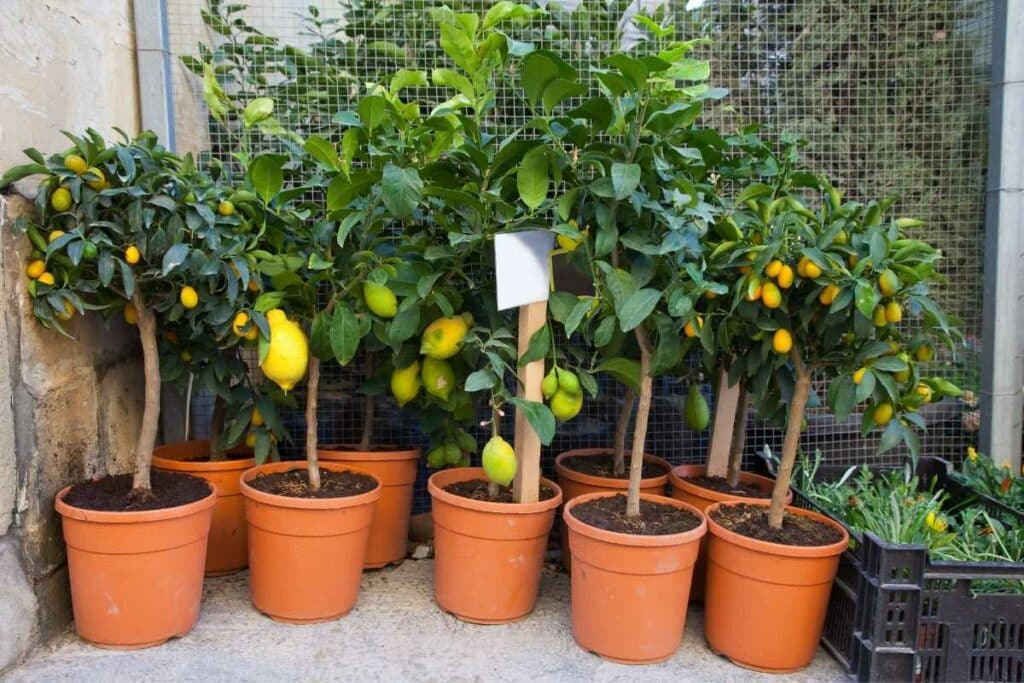
In fact, they are definitely heat-loving plants that only need a light soil that drains well to thrive.
If you keep them in the full sun and water them consistently, they will grow and thrive, and they do especially well in pots and containers.
They need a lot of fertilizer and are toxic to pets, but plant lovers will love the way they look on the balcony.
7. Marigold (Tagetes)
Marigolds are definite head-turners with their bright yellow and orange blooms, so they will add lots of color to anyone’s garden or balcony.
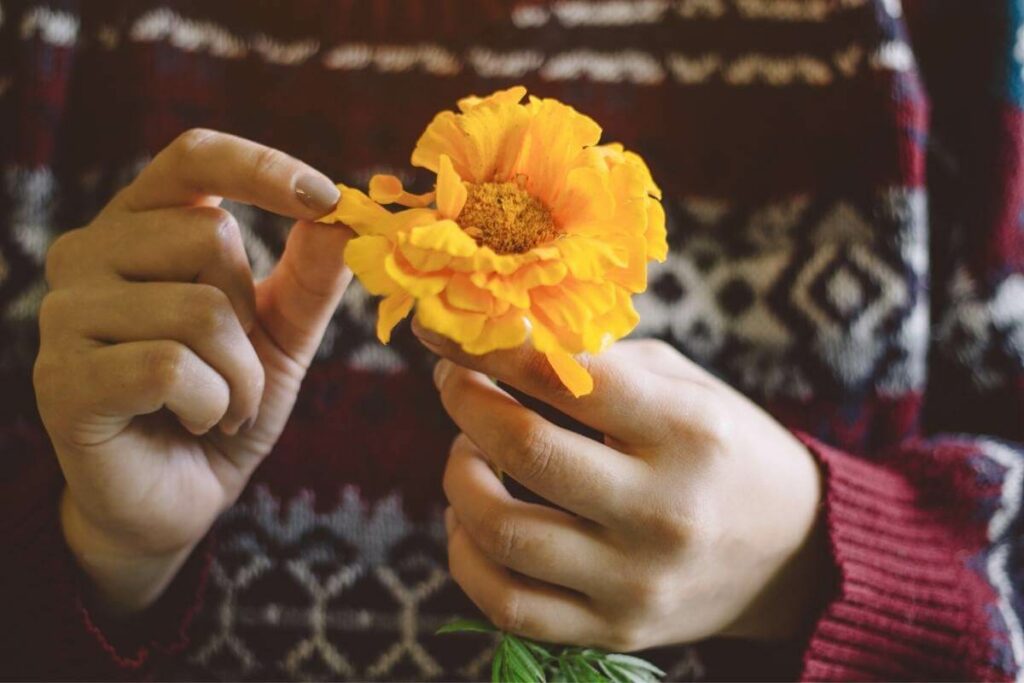
They need regular watering and rich soil that drains well. They also like full sun and are non-toxic to pets.
Marigolds can also self-seed, which means that they sometimes bloom again the following year if they’re in the same soil.
What We Like: Not only are marigolds easy to grow, but their color means that they will outshine just about anything else that’s in your garden or on your balcony.
8. Boston Fern (Nephrolepis exaltata)
Boston ferns are great for balconies that get partial shade and look great in hanging baskets.
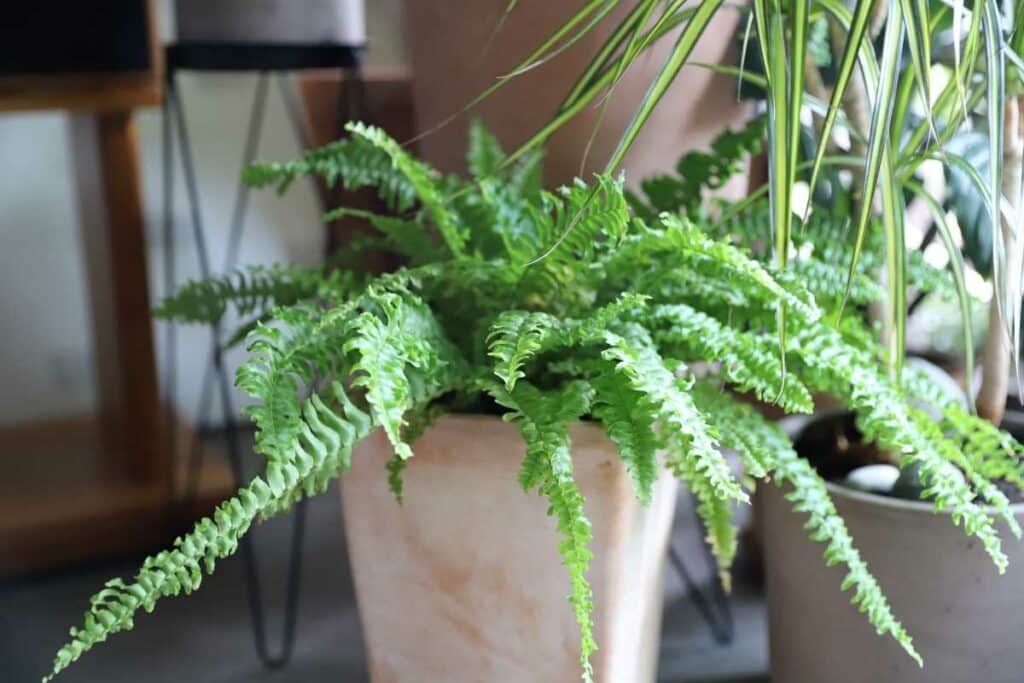
They look good in pots, too, so they can be placed anywhere on your balcony.
Boston ferns grow up to three feet tall and three feet wide, so make sure that you have plenty of room for them.
They need to be watered frequently, but wait until the soil is dry before watering again. Even better, they are non-toxic to pets and humans.
Make sure that you use rich potting soil that retains moisture.
9. Hosta (Hosta)
Hostas need either shade or only partial sun, so don’t put them in direct sunlight.
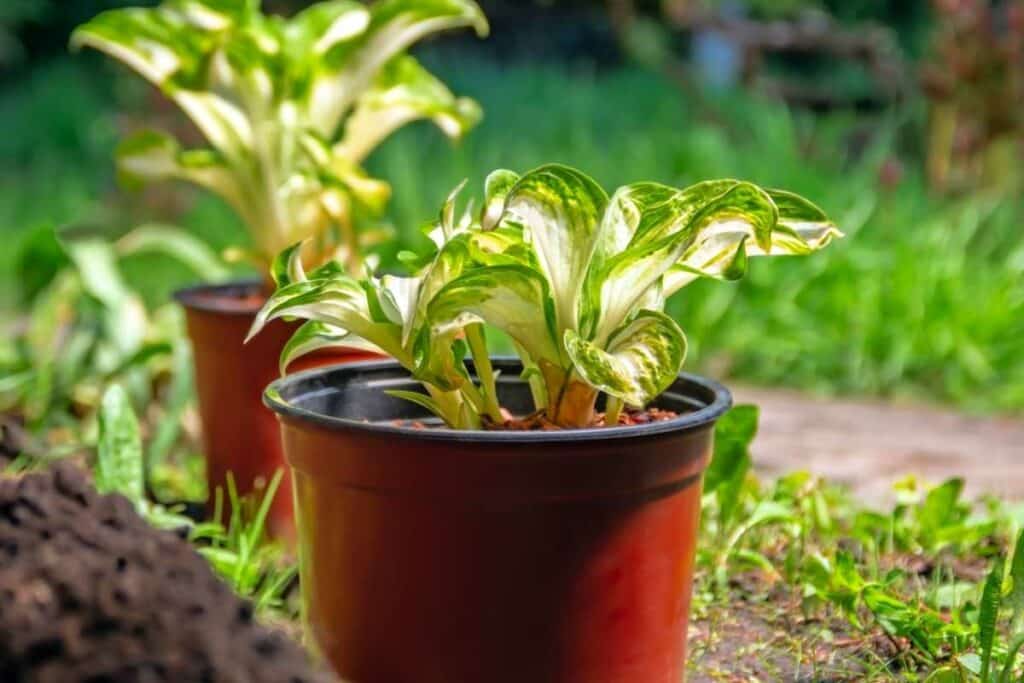
They have big green leaves that can either be variegated or solid-colored, and their pretty lavender blooms complement the leaves perfectly.
They grow best with rich potting soil that is kept damp but not wet, so water them regularly but don’t overdo it. Unfortunately, they are toxic to pets.
10. Mint (Mentha sp.)
There is nothing quite like fresh mint because there are so many uses for it.
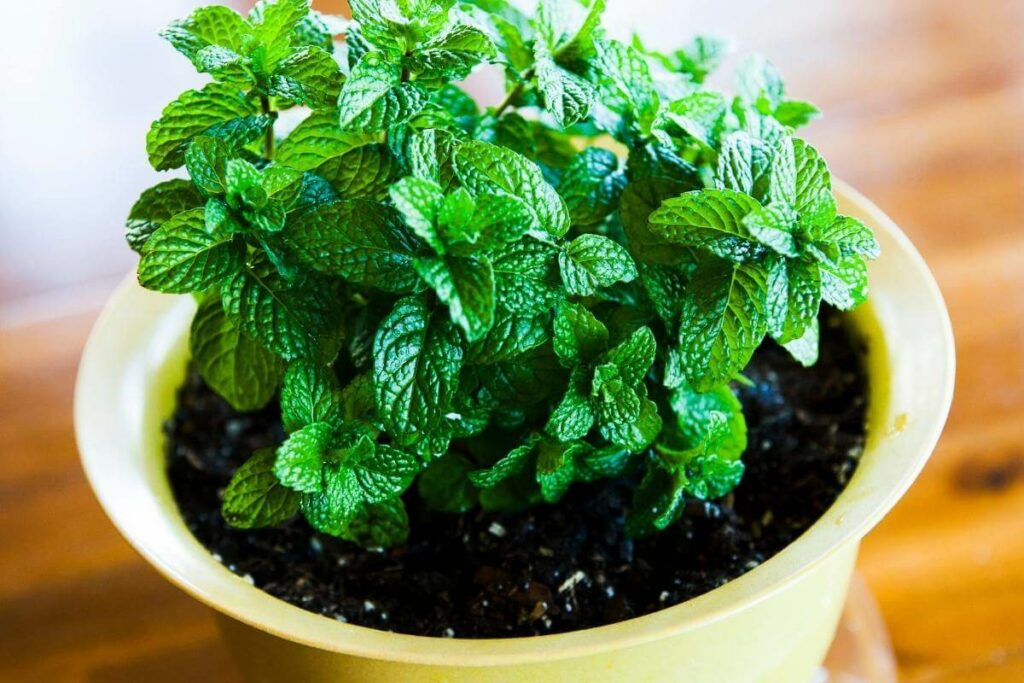
You can mash some up for your mojito or toss some in your salads, and mint grows very easily in pots and containers.
Water your mint plant regularly and make sure that it gets a good amount of sun.
If your balcony is mostly shaded, look for mint that has variegated leaves because they tolerate shade much better. Mint is toxic to pets, however.
11. Rosemary (Salvia rosmarinus)
Rosemary is very hard and can even withstand most winter weather.
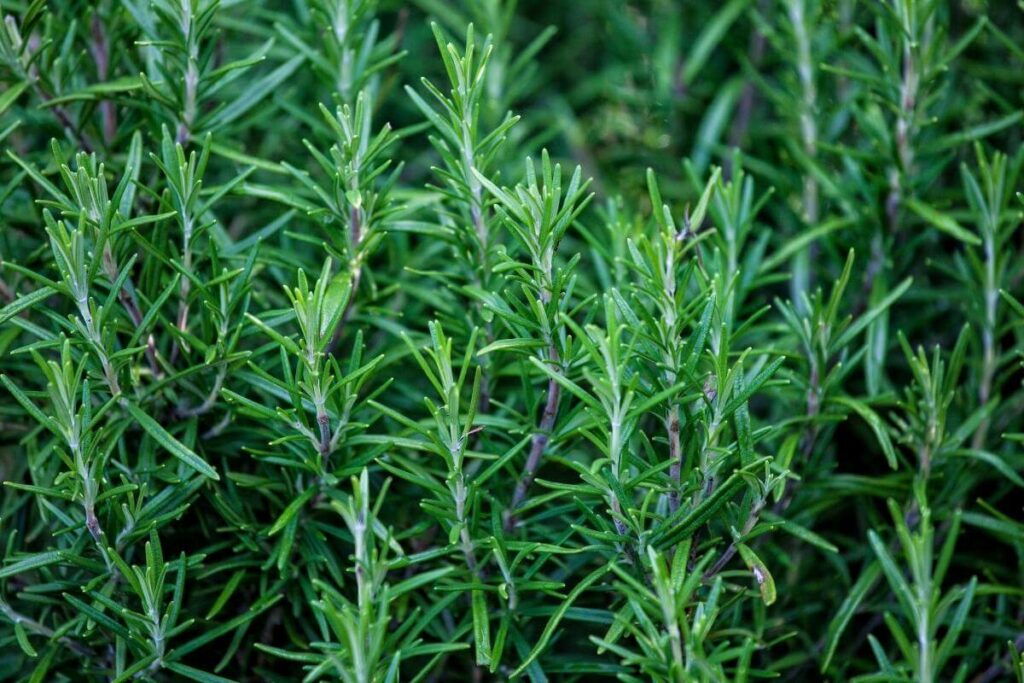
It grows quickly and loves full sun, although it can also tolerate drier conditions.
You only have to water rosemary every one to two weeks, and you’ll need light potting soil that drains easily.
Rosemary is also non-toxic to animals and can be used in a variety of dishes, including sprinkled over roasted potatoes with a little butter.
Final Thoughts
As you can see you may be limited for space in your apartment with only a balcony to use but you’re not limited to the types of plants you can grow.
I have even seen in Italy, high up on the top balcony, rows of Olive trees in pots.
So, think outside the box with your planting options for windy balconies.
You May Also Like
- 7 Problems You Might Face Growing Olive Trees in Pots
- Can I Put My Snake Plant In an Outdoor Container?
- Best States for Gardening in the USA (Full-List Rated by State)


